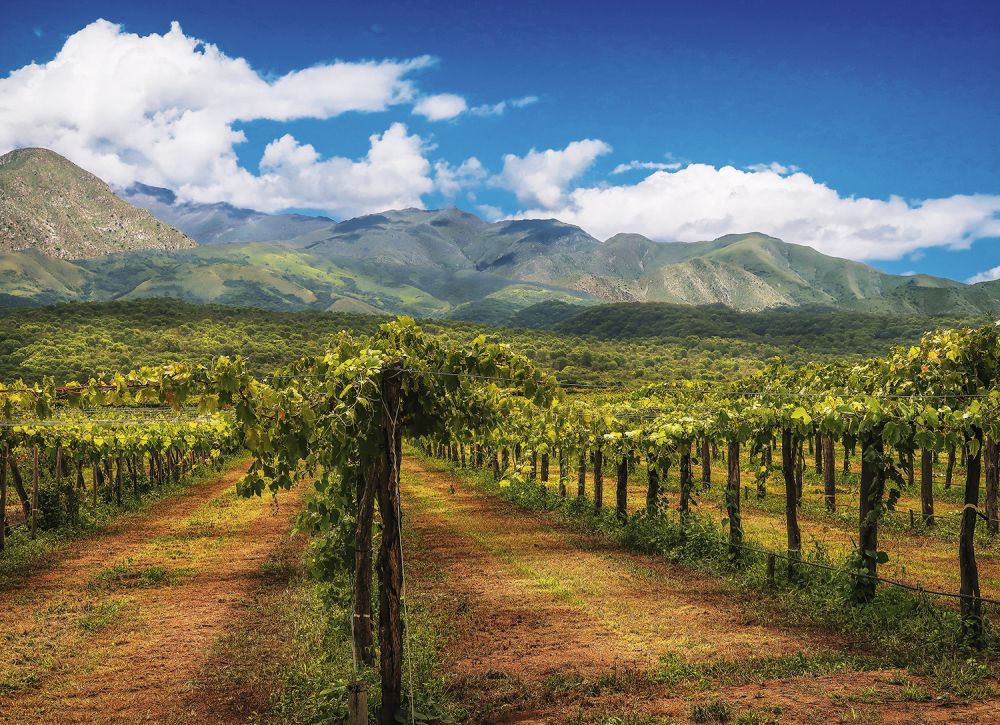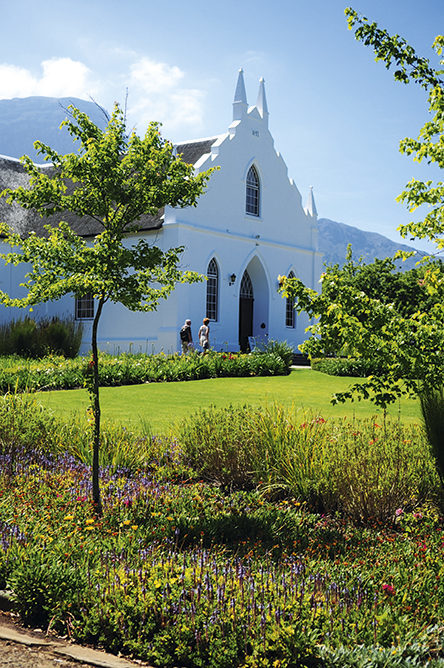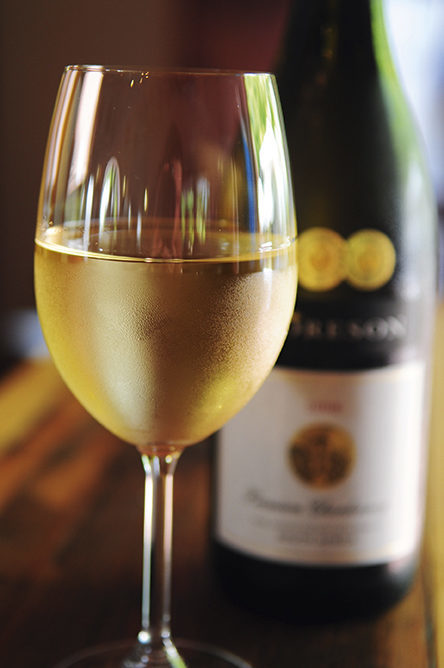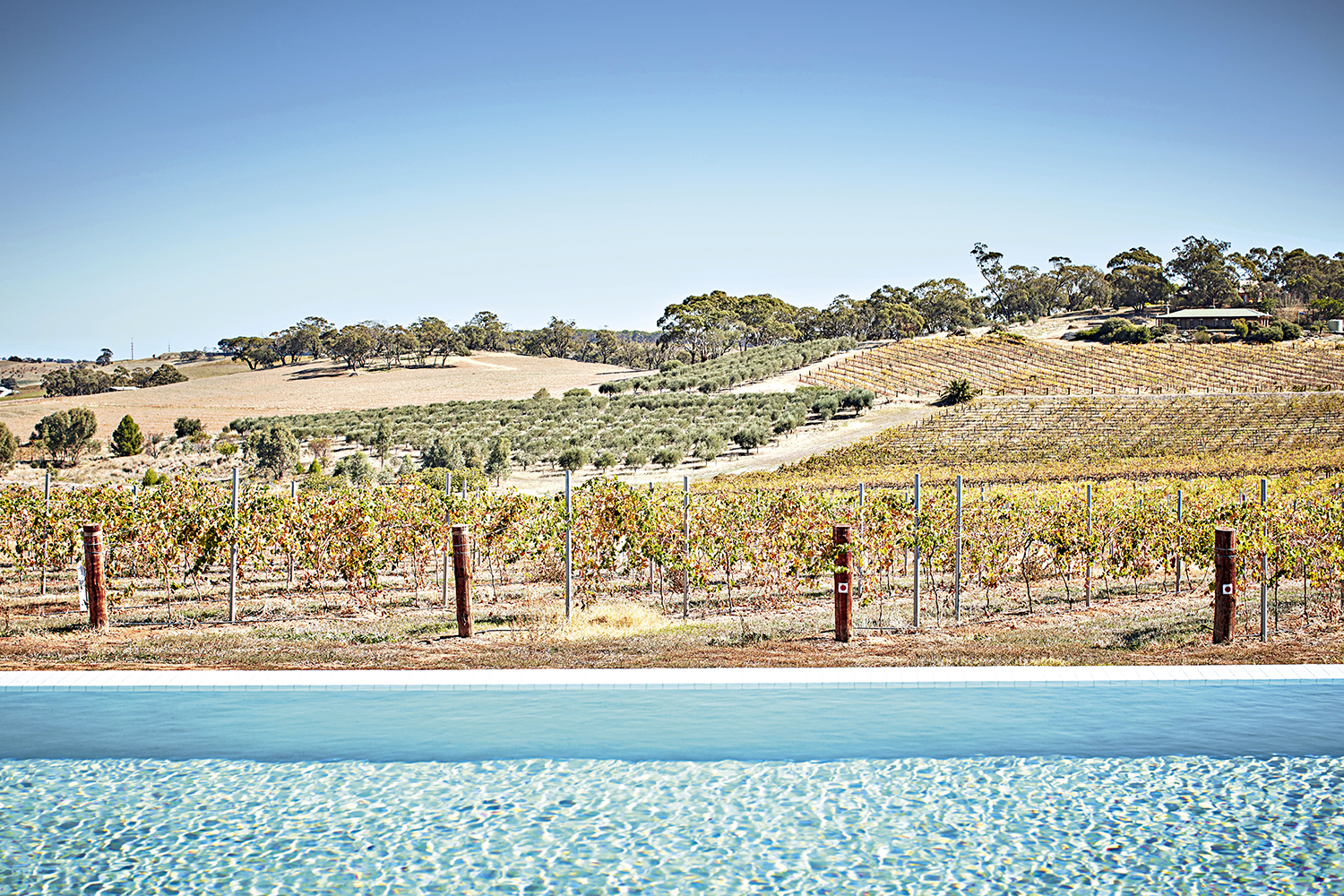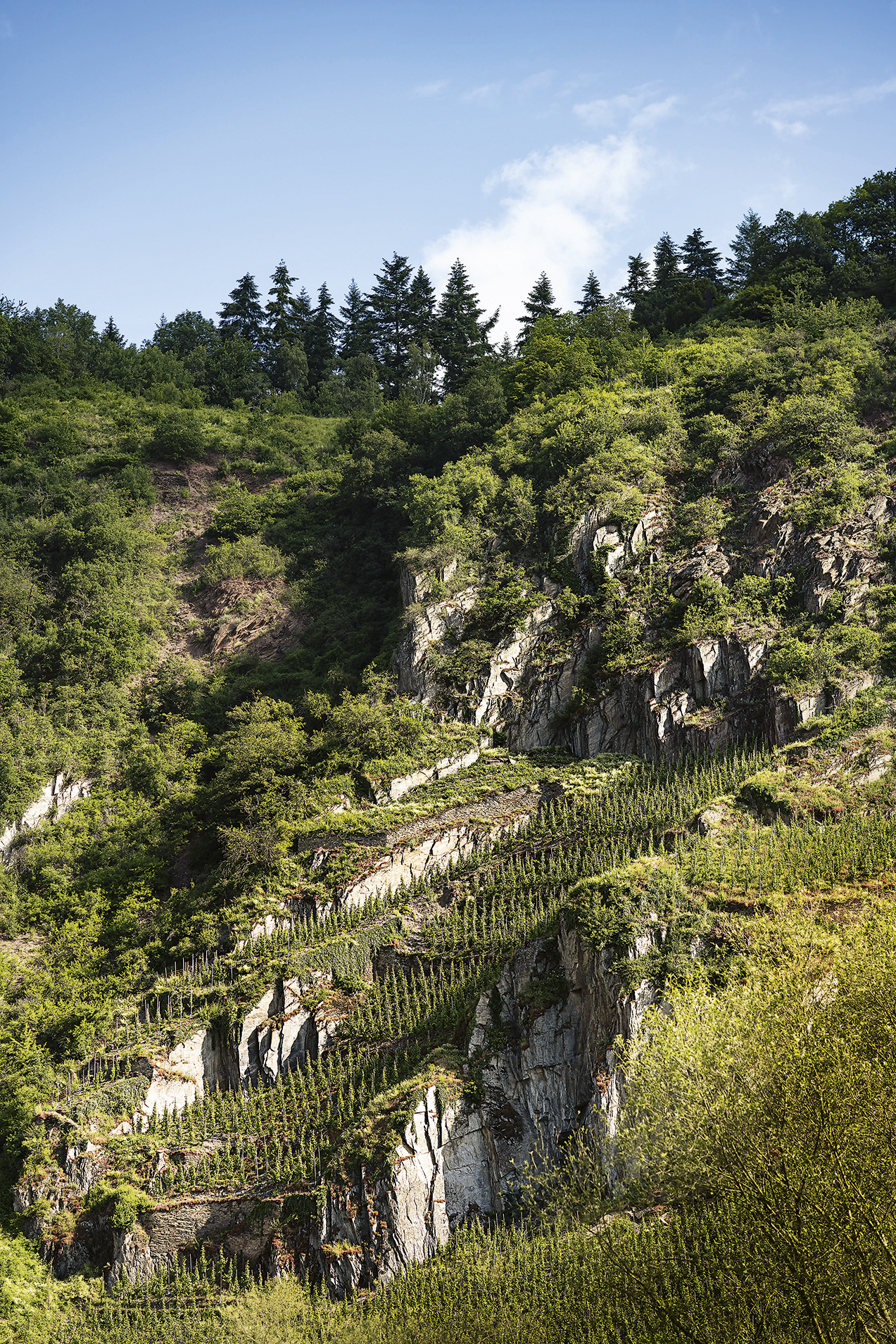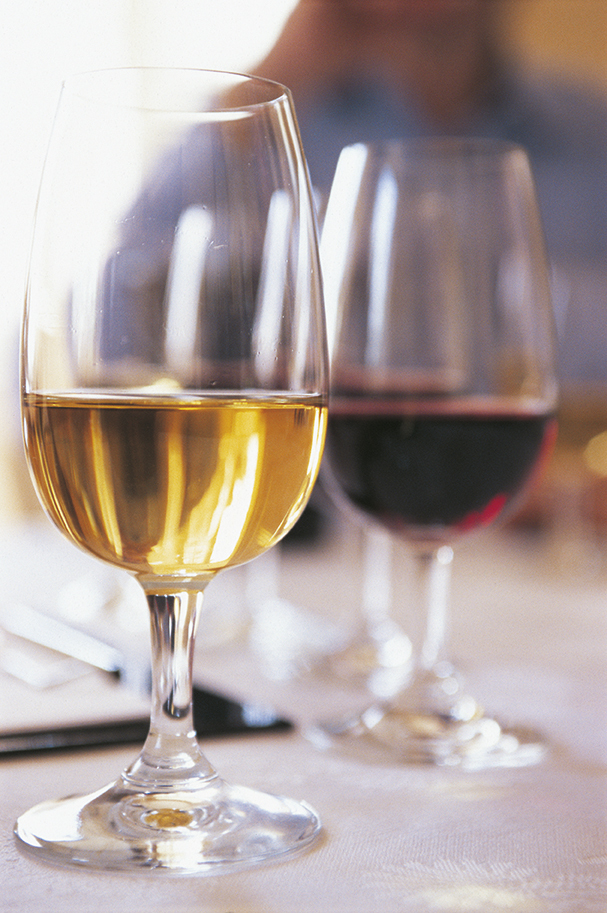Bessa Valley Bulgaria
If you’re looking to get even further off the beaten track, try a break on the wine trail in Bulgaria, where you can combine days touring Bessa Valley with trips to the Black Sea coastline, hikes through lush mountains and wanders through handsome capital Sofia. While the winemaking scene has seriously old roots, dating back centuries, the modern tourism circuit is still underdeveloped – and that’s no bad thing. Not only does it make a refreshing change, but the prices make everything accessible – even the finest aged Bulgarian reds come in at a comparative steal.
You’ll find large swathes of the country under vine, but plan to check into Plovdiv, an ancient city – about 8,000 years old, to be exact – which is a cork’s toss from many of the finest tasting rooms. Boutiquey Hotel Gallery 37 channels old-world-meets-modern vibes with historical-inspired wallpaper, button-back headboards and contemporary statement lighting. It’s just moments from the 1st-century Roman theatre and St Dimitar Church, too, so that you can get a bit of sightseeing in before you start sampling.
When it comes to the tasting, make your way directly to Bessa Valley winery set in the rambling Thracian Valley, under an hour’s drive away and bordered by the forested Rhodope Mountains. Ask to see the cellar, which is dug right into the rock and the perfect cooling place to age the deep, rich reds made from international varieties such as cabernet sauvignon, syrah and merlot.
Further south, Villa Melnik showcases the spicy local variety mavrud in its daily tastings, which take place in a hilltop pile overlooking vine-carpeted hills. After that, call in at Villa Yustina to taste a creamy, barrel-fermented chardonnay with a buttery vanilla palate. At the end of a day’s touring, return to Plovdiv, where the simple delights of a slow-cooked pork knuckle and a long local wine list will be ready and waiting for you at Restaurant Memory along with an atmospheric side of jazz.

